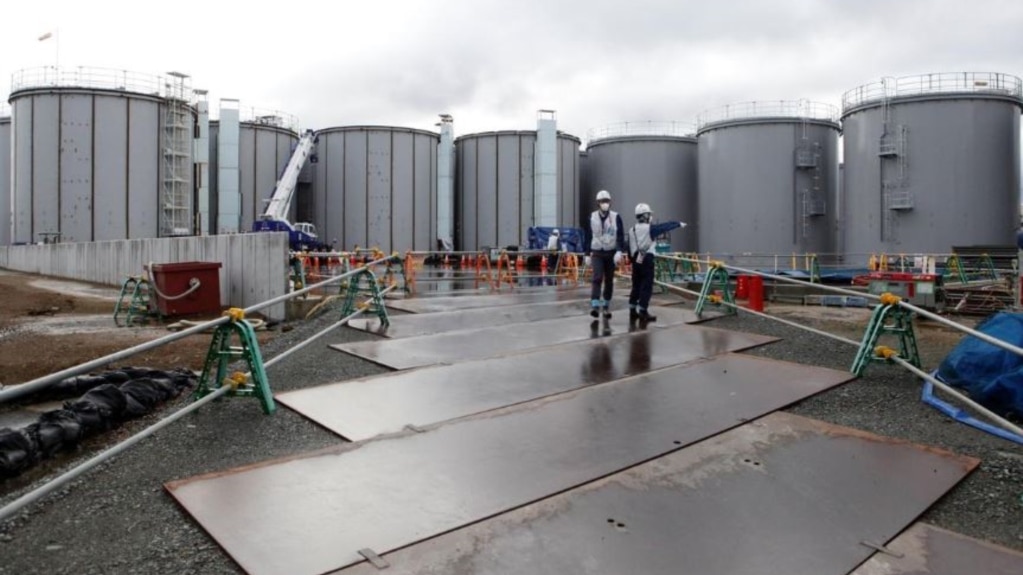Japan’s Prime Minister, Fumio Kishida, signed off Tuesday on his country’s plan to release treated and diluted radioactive wastewater from the Fukushima nuclear plant later this week.
If weather and sea conditions are good, Tokyo Electric Power Company Holdings, or TEPCO, will start to release the water into the Pacific Ocean on Thursday.
The water release is an important part of the process of cleaning up the plant, which was damaged by a disastrous earthquake and tsunami on March 11, 2011. A tsunami is a large ocean wave created by the movement of the land under the ocean.
The wave destroyed the power center’s cooling systems and caused three of the plant’s nuclear reactors to overheat, or meltdown. The result was contaminated cooling water that has been treated and stored for over 10 years.
The prime minister said everything has been done to ensure the plan’s safety and to protect Japan’s fishing industry. He said the government will continue to explain the plan’s science until the cleanup is completed many decades from now. A decade is a period of 10 years.
Kishida said, “The government will take responsibility until the disposal of the…treated water is completed.”
The government of South Korea said it understands the plan and it will hold Japan to its promises to supervise the safety of the water. South Korea agreed to support Japan’s plan even with protests by lawmakers and activists.
Other East Asian nations, however, are not pleased with the plan to release the water. Hong Kong and Macau both said they would ban products from Fukushima and nine other parts of Japan. China said it will increase radiation testing on fish imported from Japan.
Japanese fishing organizations protested the plan partly because they are worried about being able to sell their catch.
But TEPCO says about 1,000 storage tanks which have held the contaminated water since the disaster of 2011 are now almost full. The company is also concerned about possible leaks. So, the treated water must be released.
Junichi Matsumoto is the TEPCO leader in charge of the water release. In an interview with the Associated Press last month, he said the release is “a milestone” but there is still a lot of work to do to close down the plant.
TEPCO will start by releasing 7,800 tons of water over the first 17 days. All of it will be diluted with seawater to reach safe levels of radiation. By March 2024, TEPCO plans to release over 31,000 tons of water. However, that equals only 10 of the 1,000 storage tanks. The speed of the release will increase over time.
The International Atomic Energy Agency (IAEA) said in July that Japan’s release plan will have almost no effect on human health or the environment.
Rafael Grossi is the director general of the IAEA. He said the United Nations office at the plant will remain open to monitor the water as it is released.
Most scientists agree with the IAEA, but they said the slow release of radioactive water, even at very low levels, needs attention.
Japan’s government is continuing to explain the plan in nearby countries so that the release does not damage diplomatic communication. TEPCO is also considering accepting responsibility for the financial losses of the Japanese seafood industry because of restrictions placed on its products by other countries and extra testing requirements by China.
I’m Dan Friedell.

